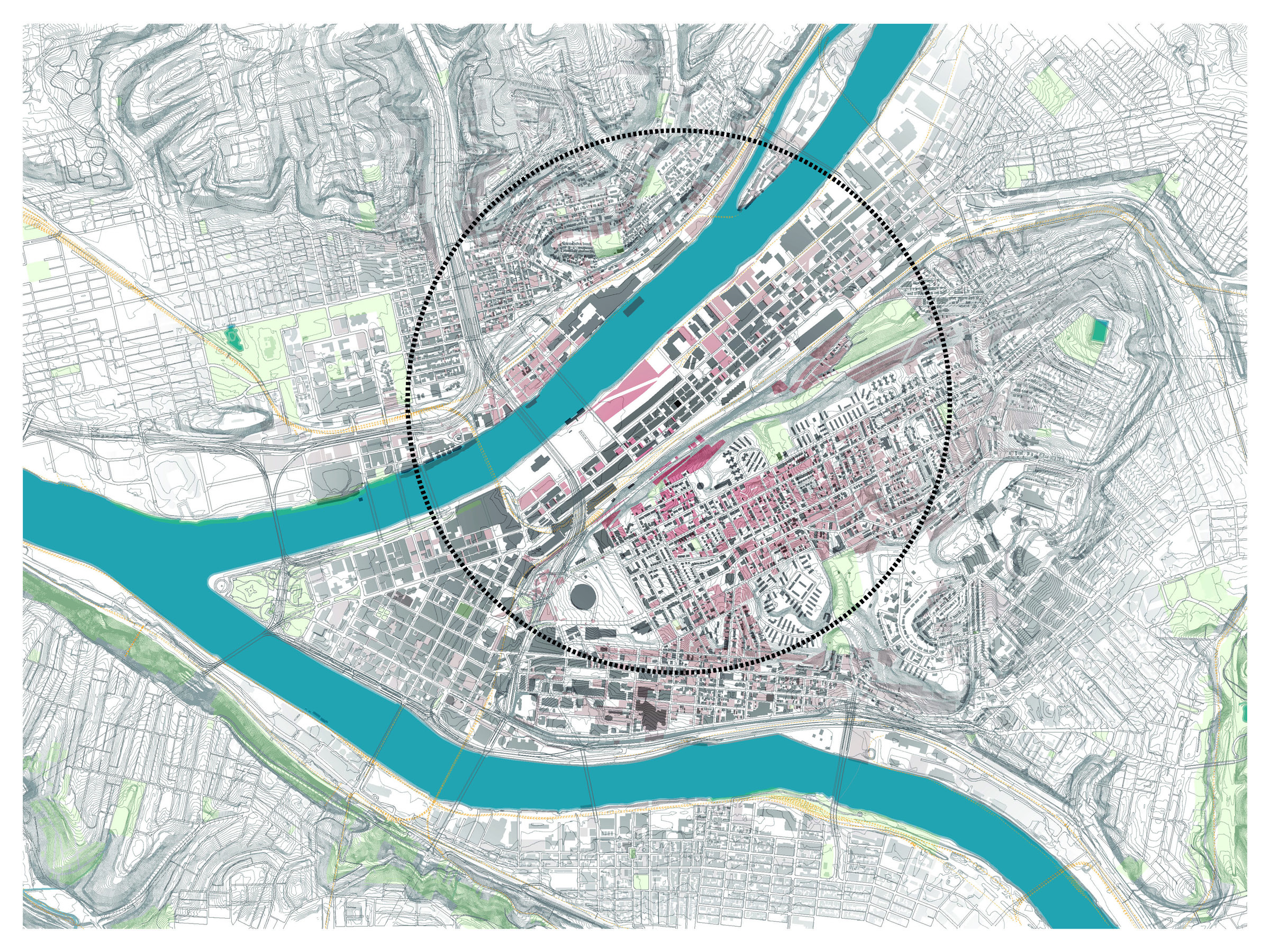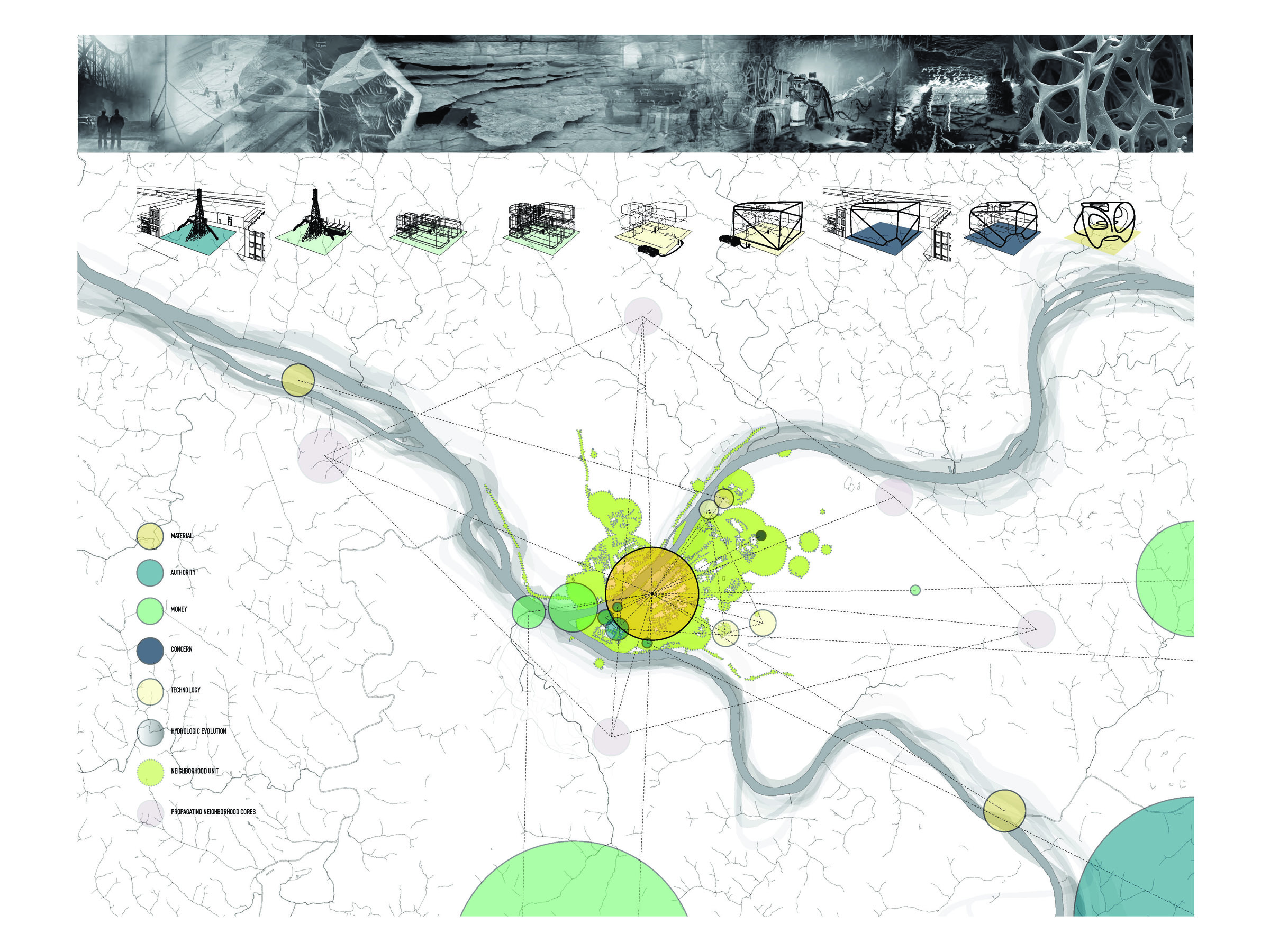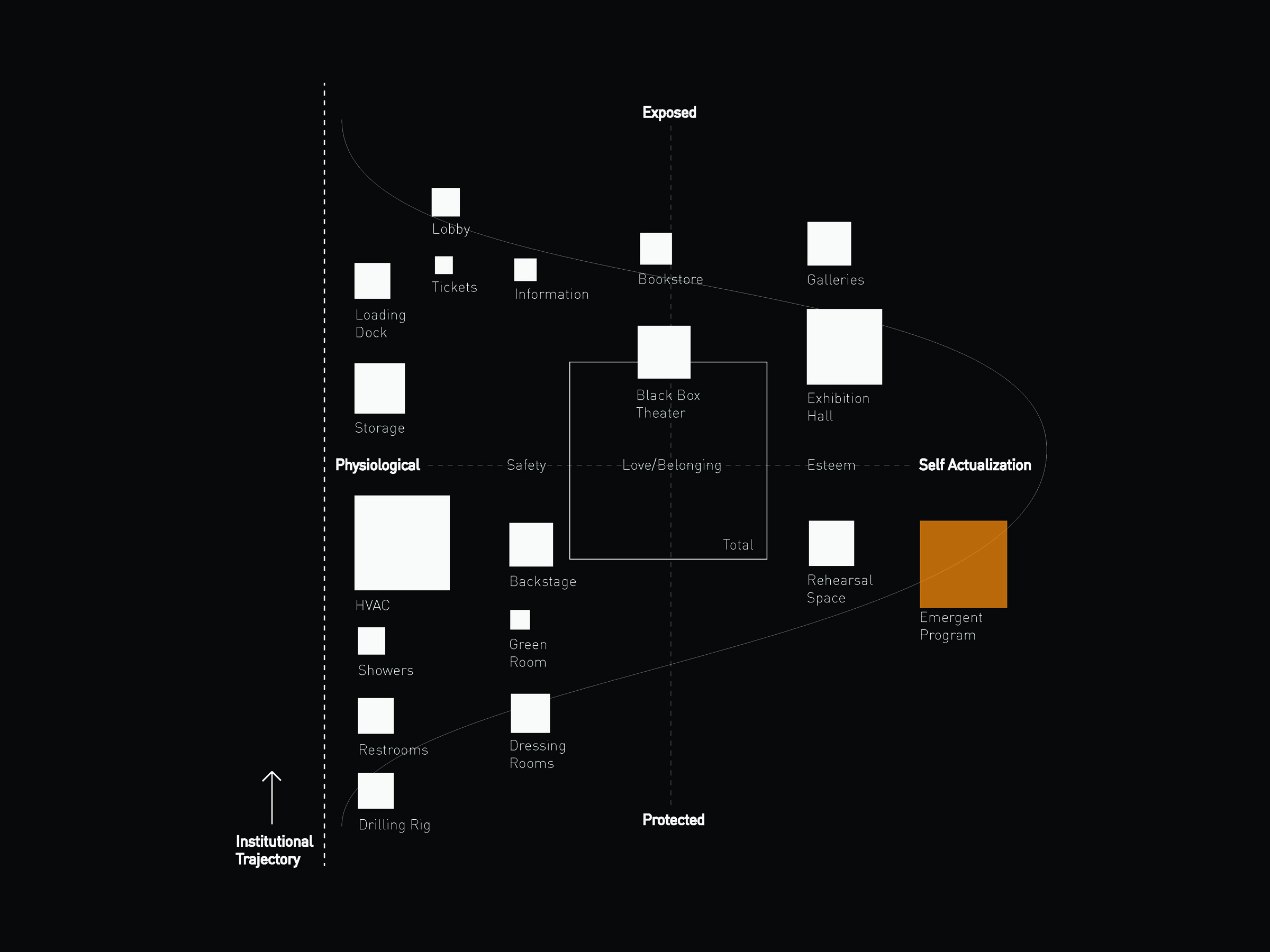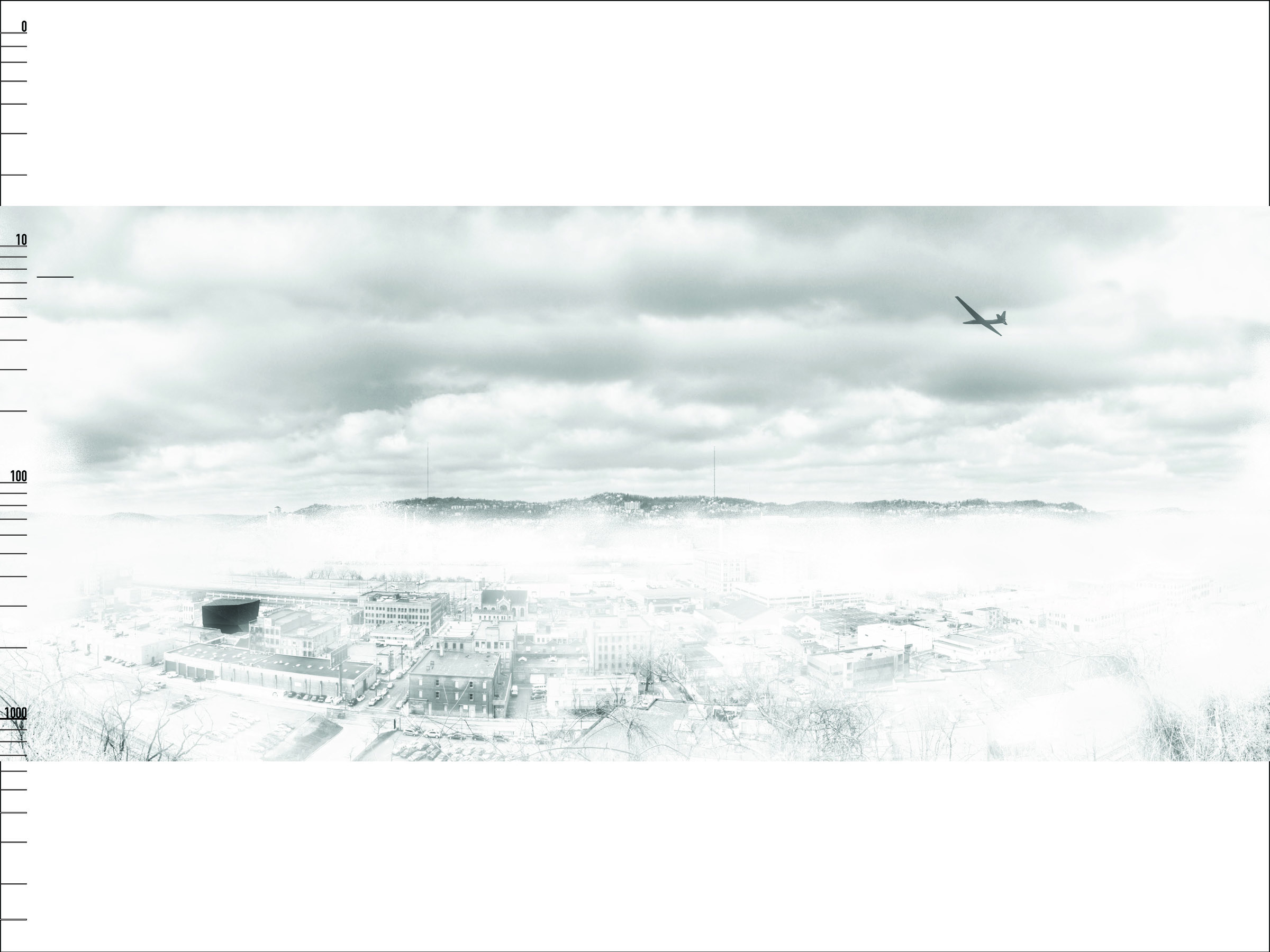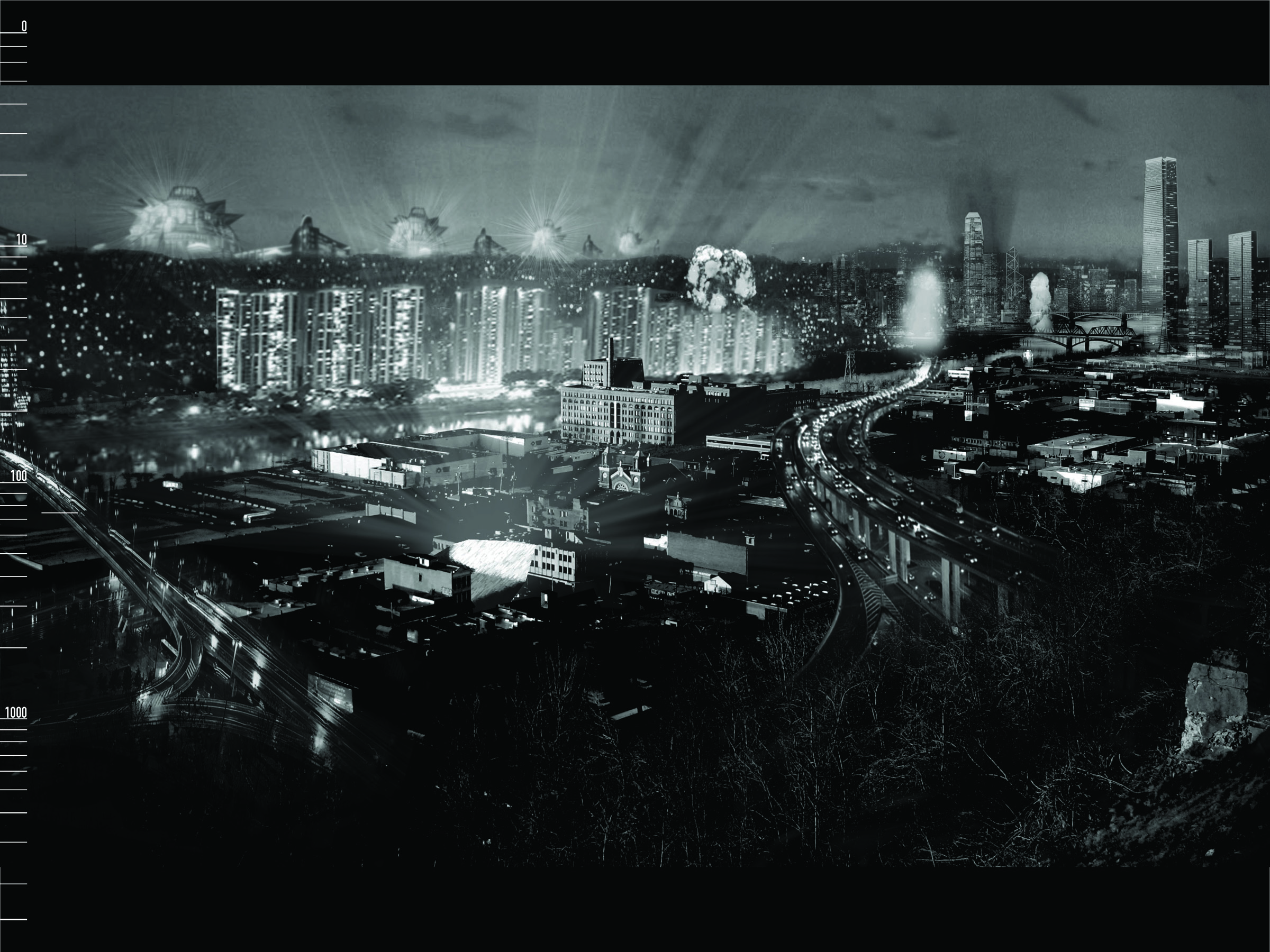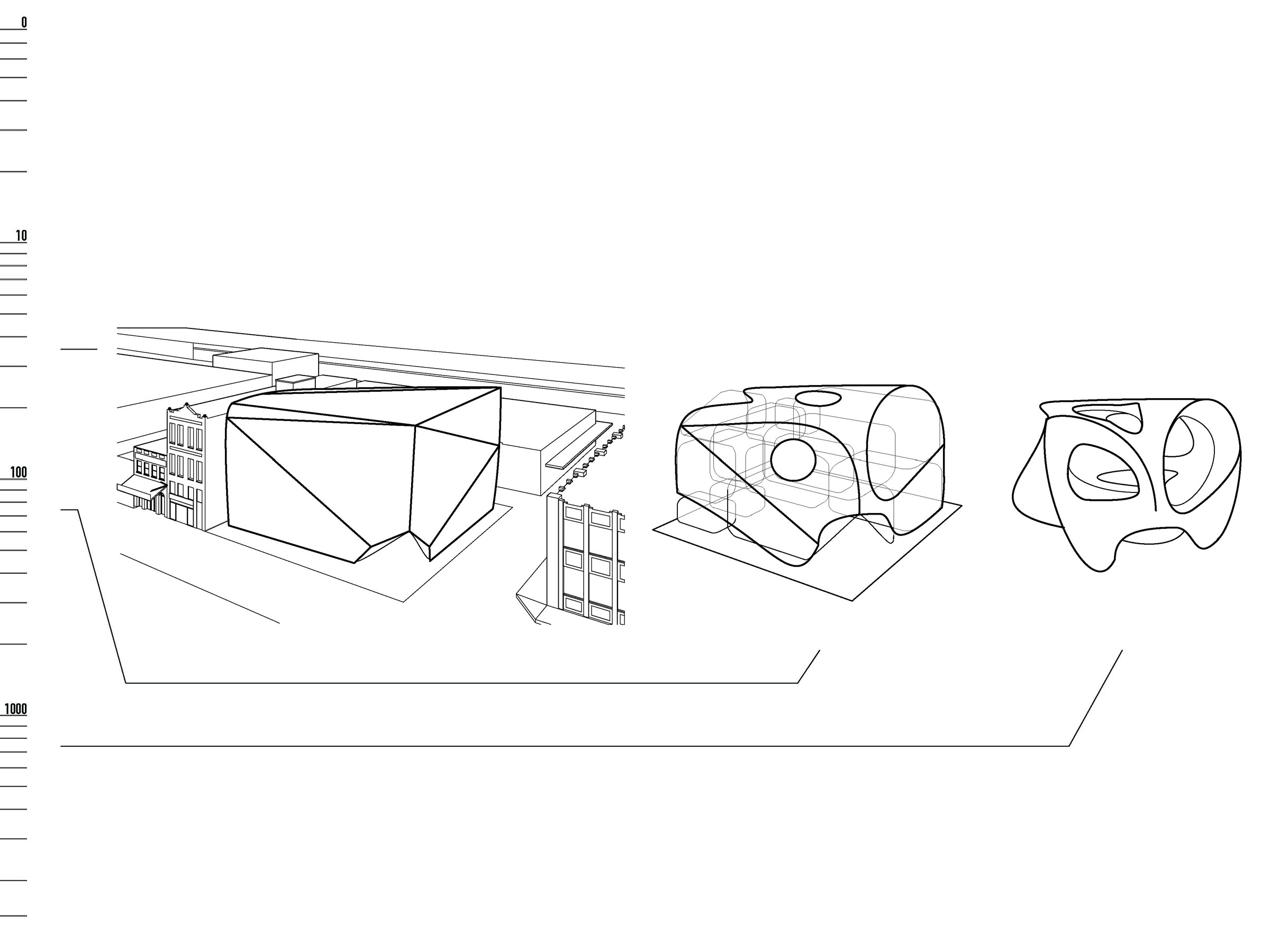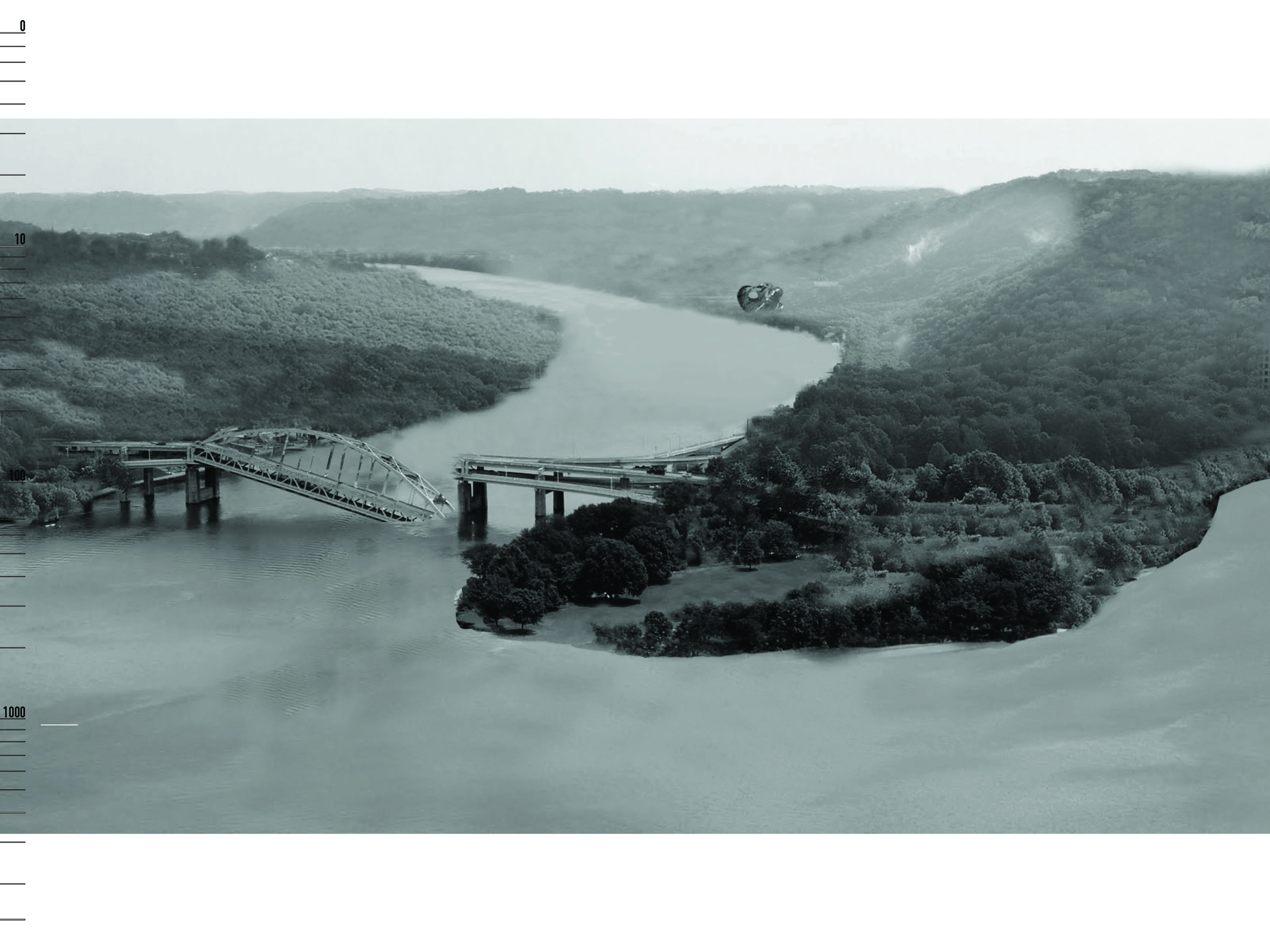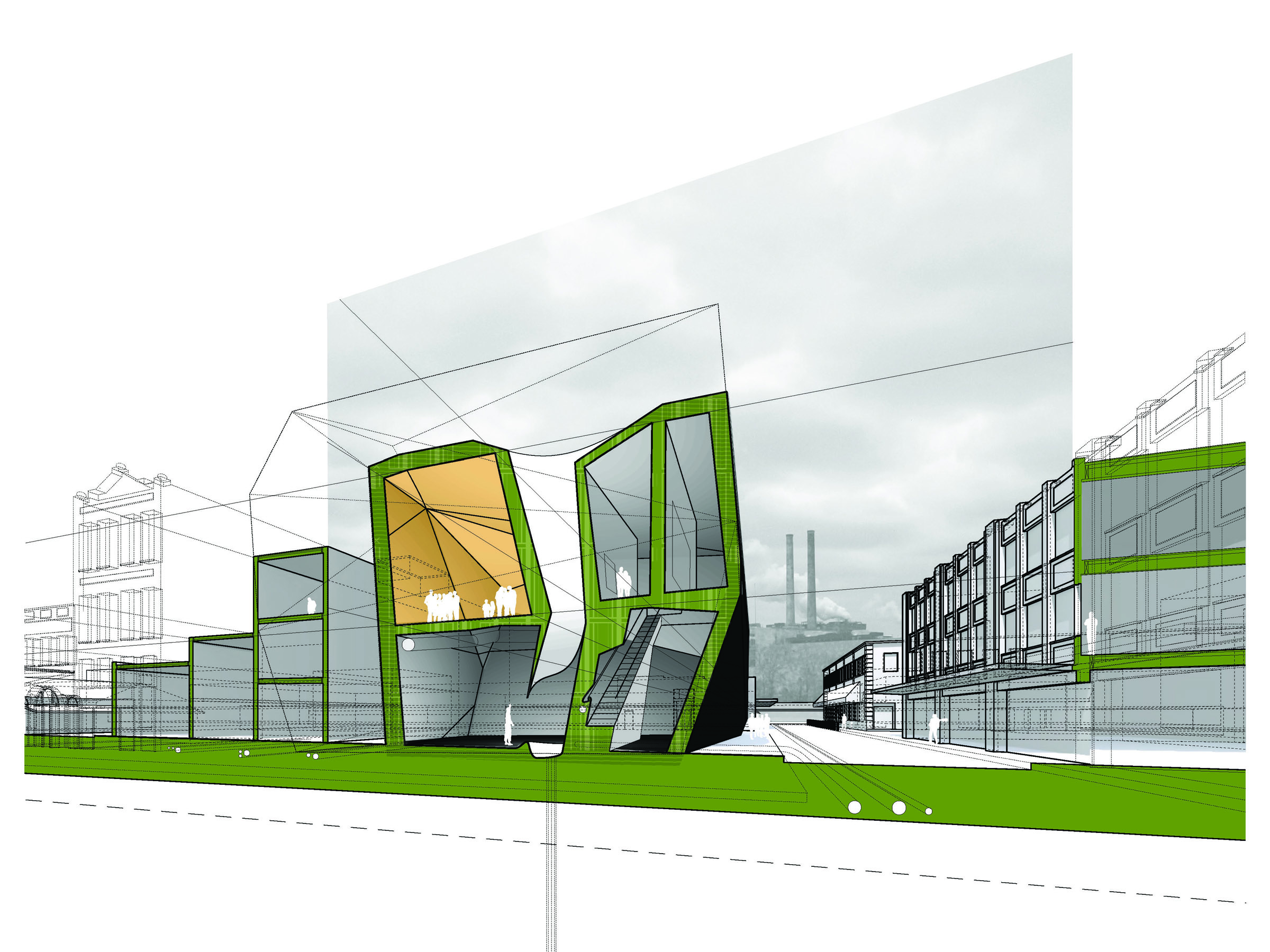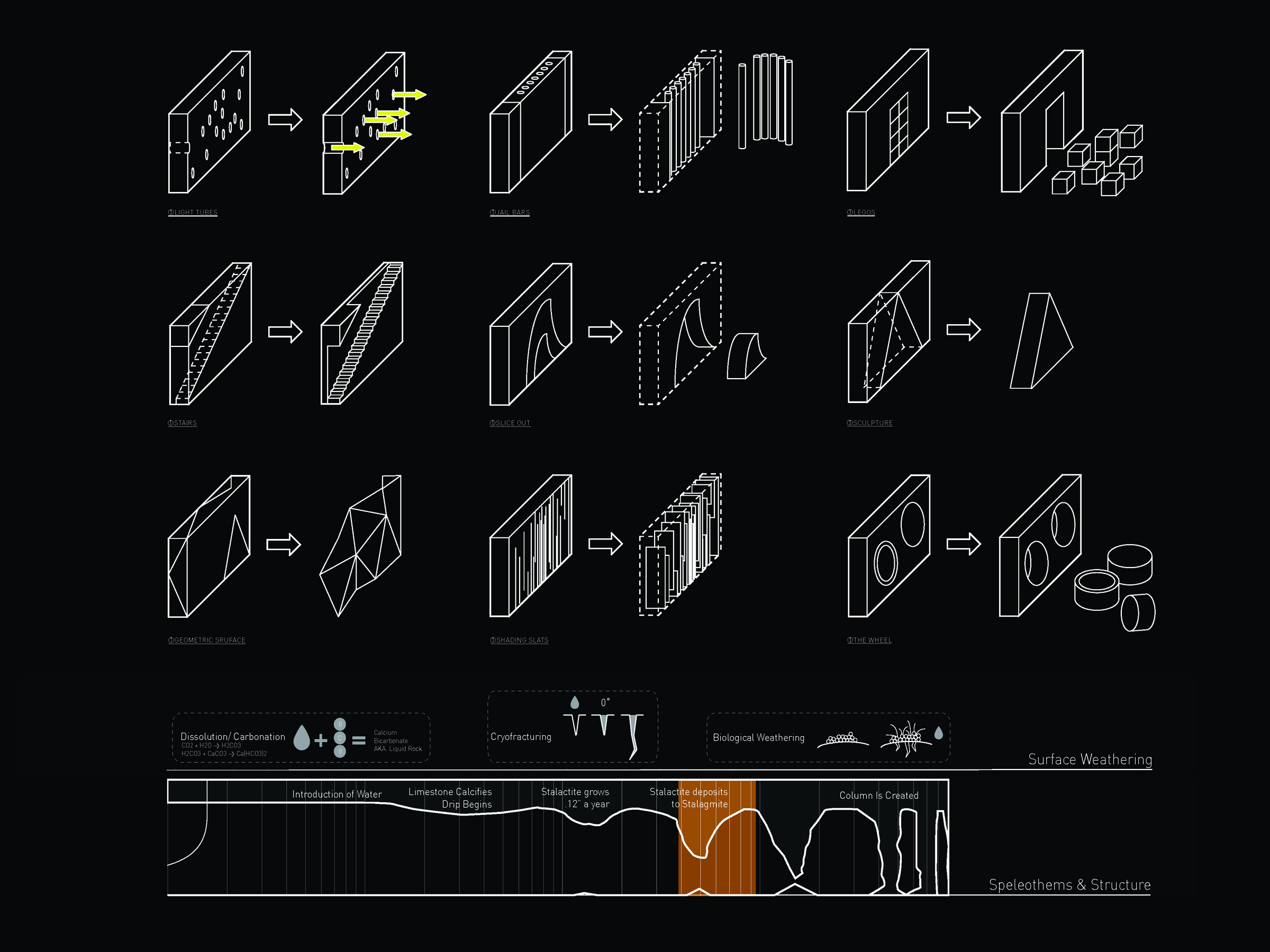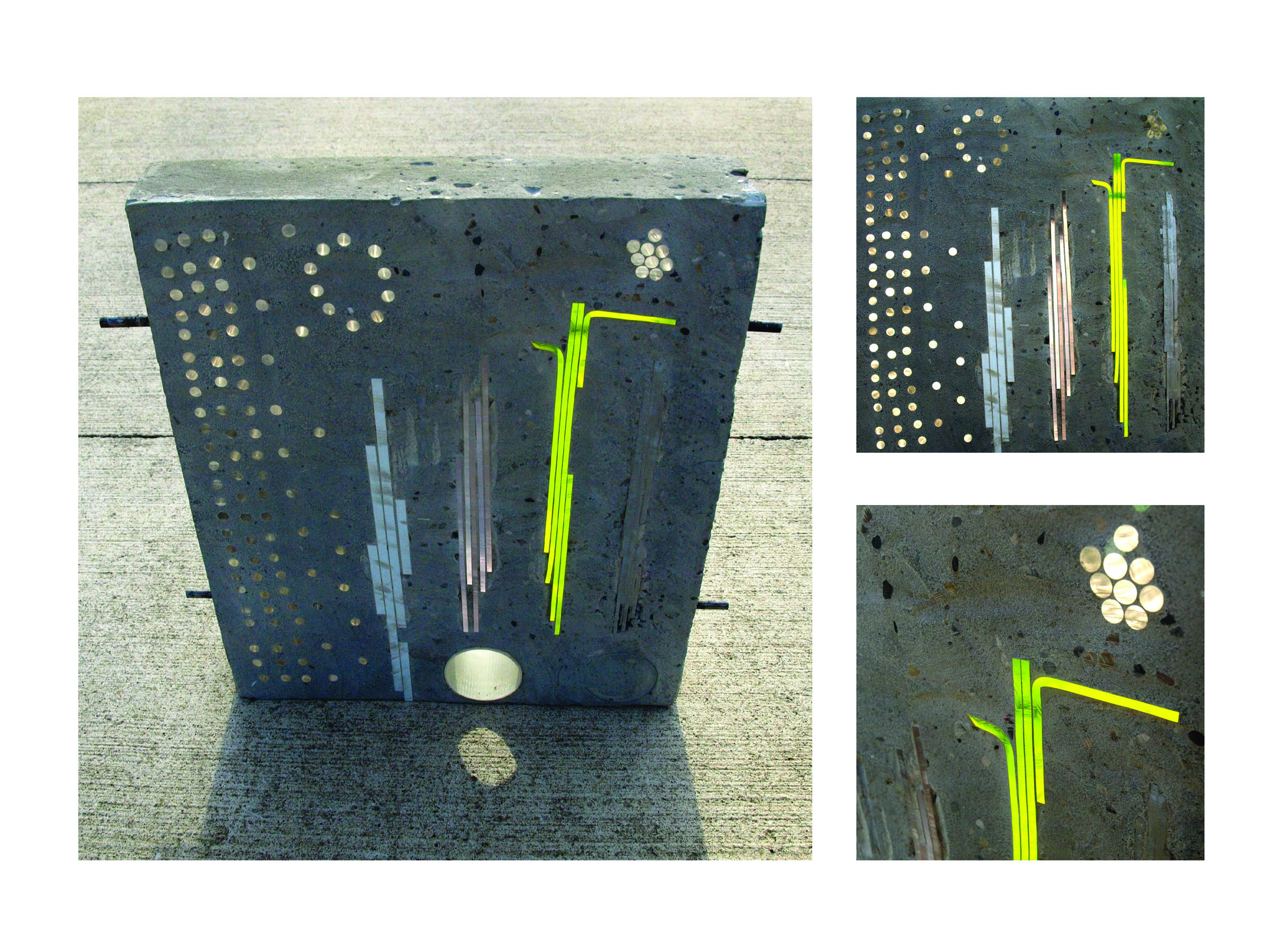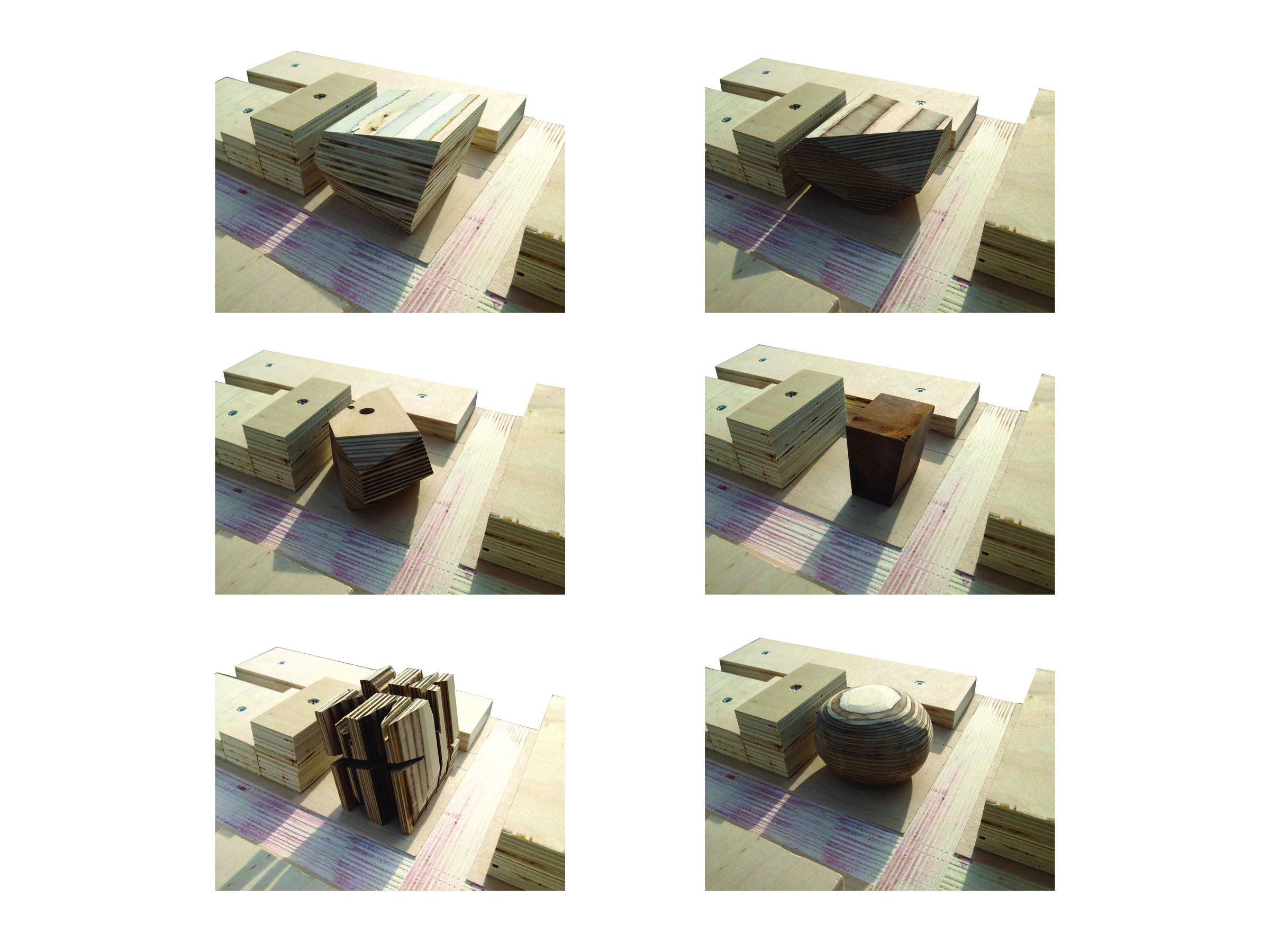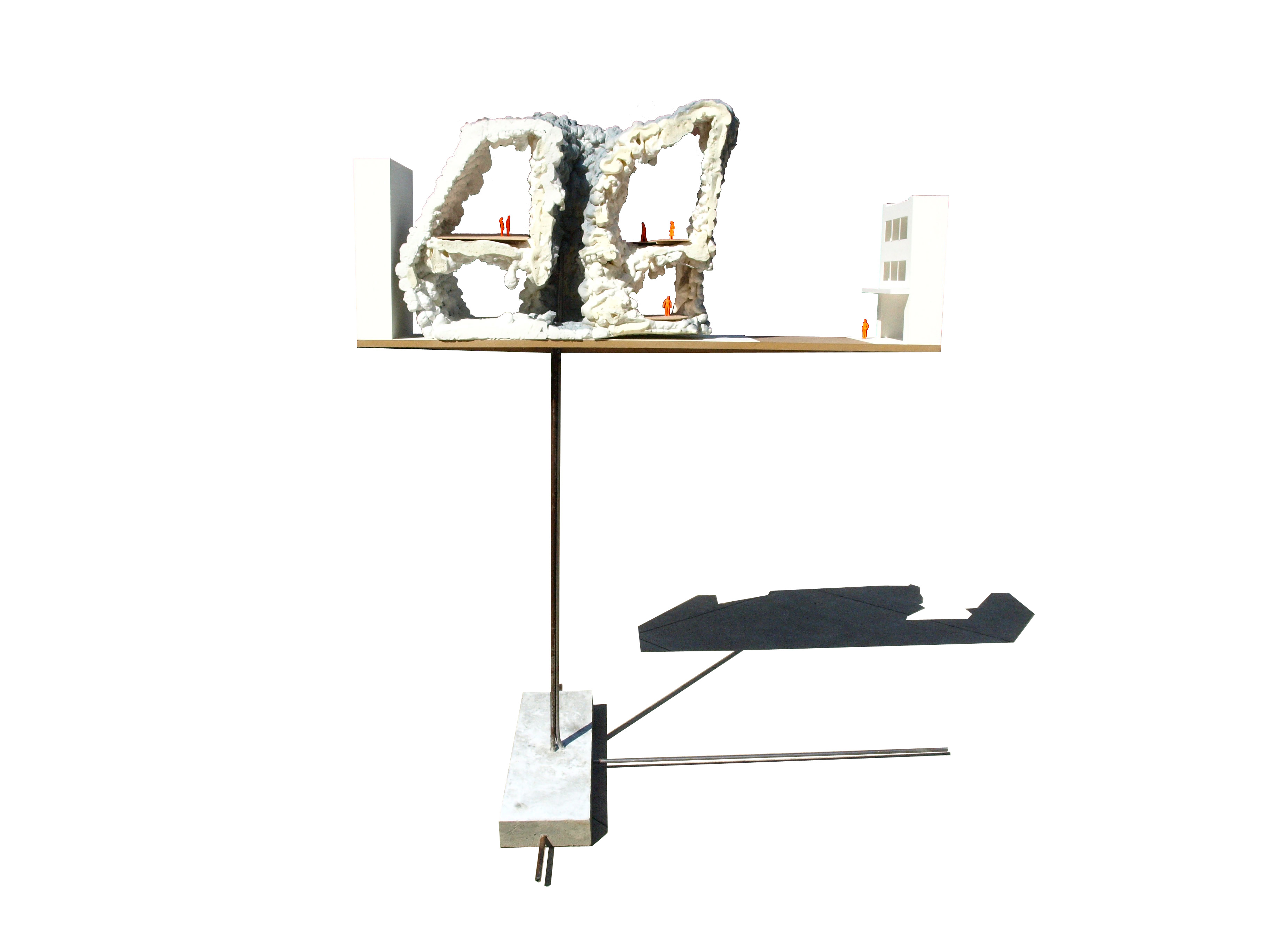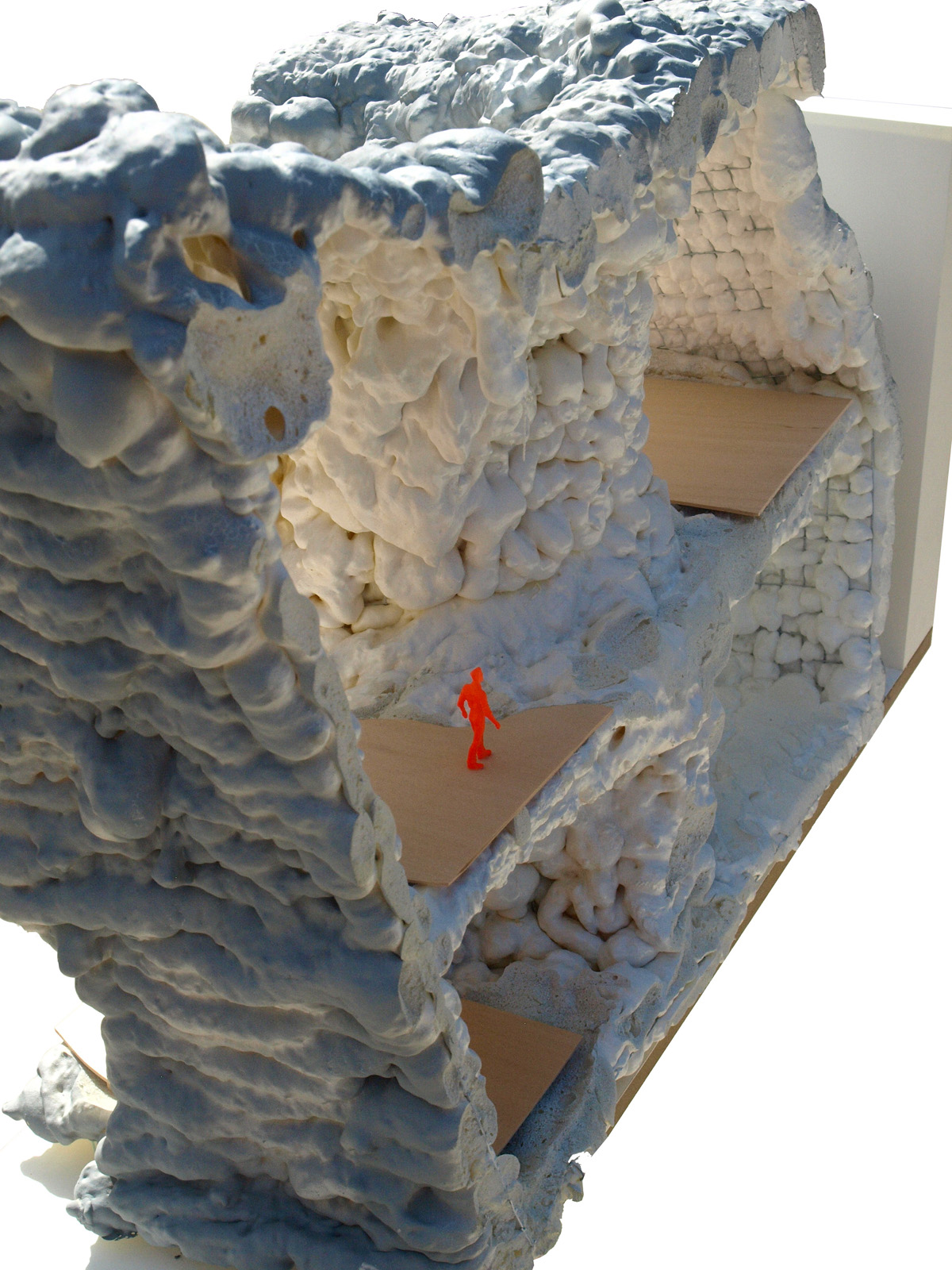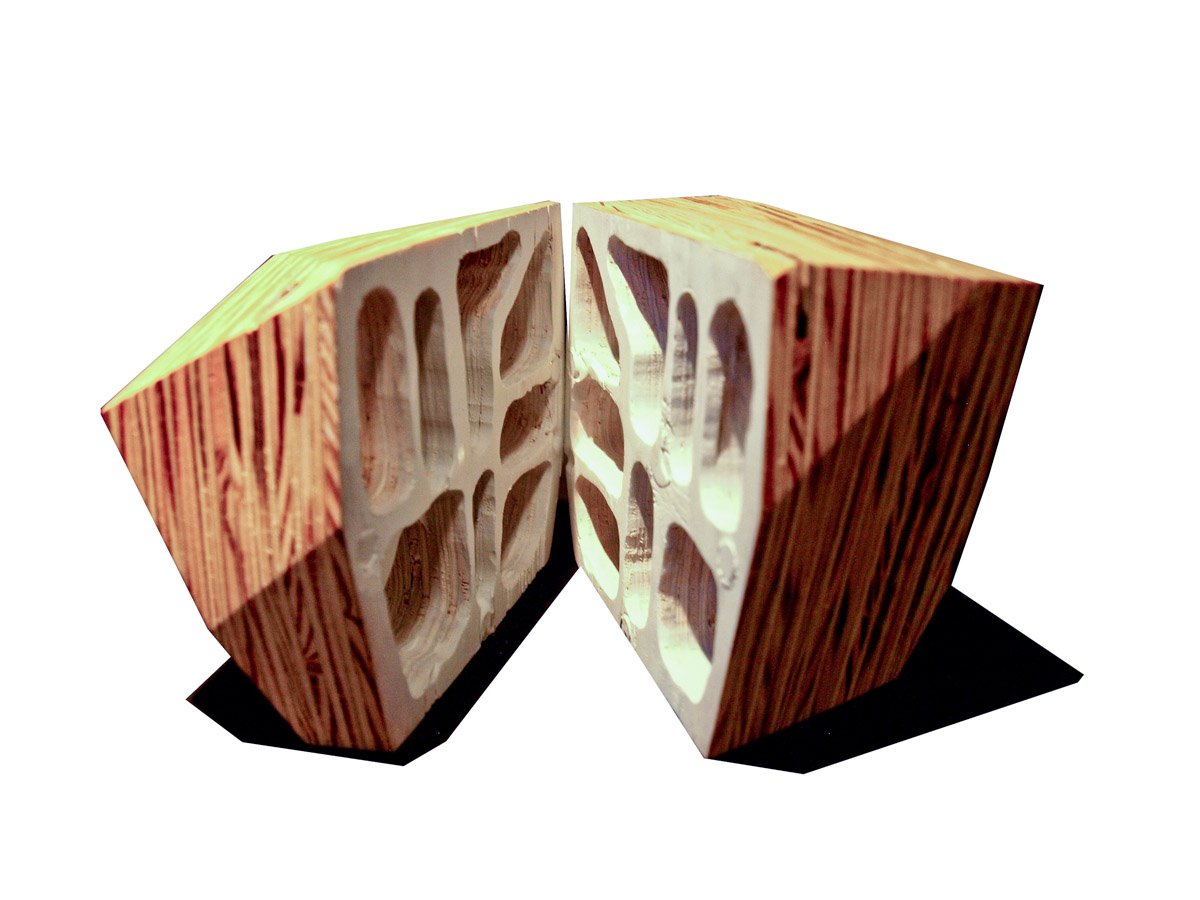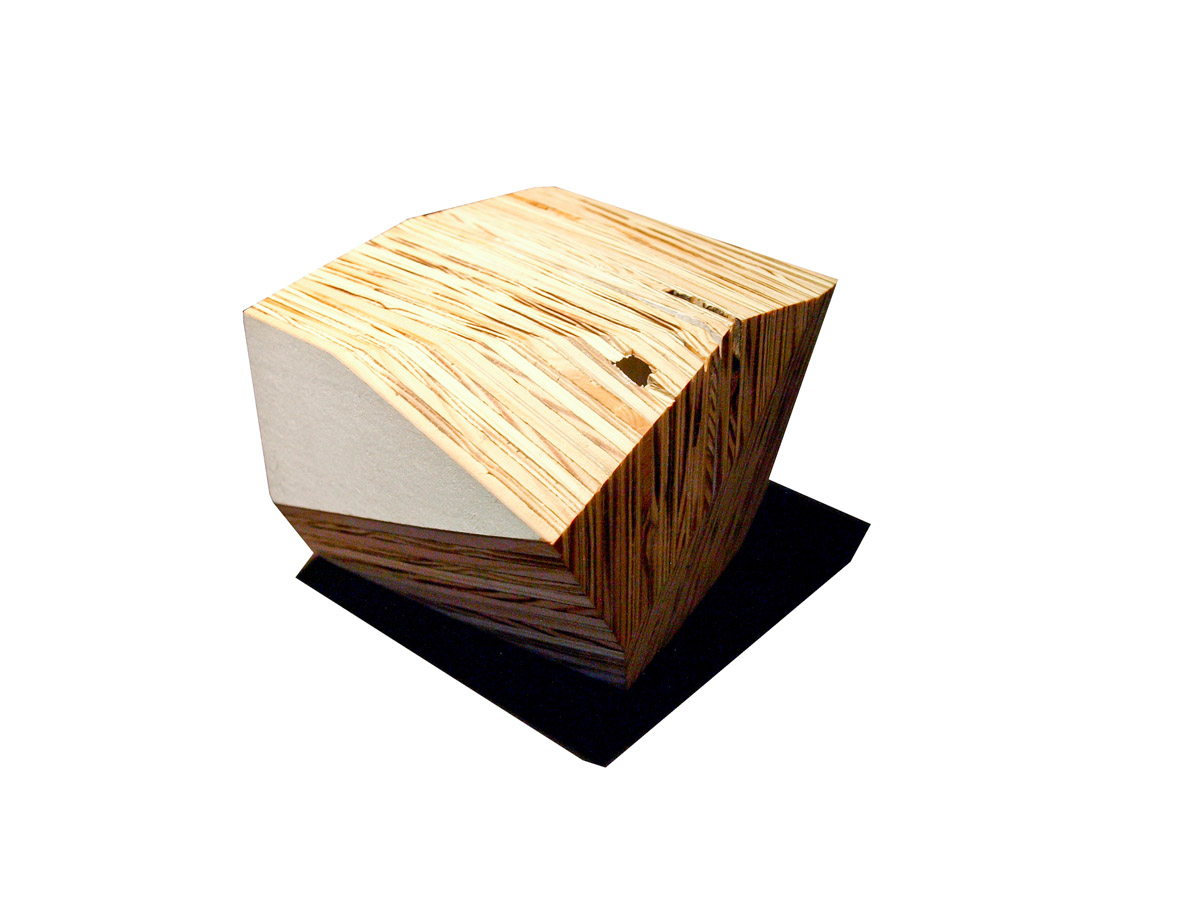Prof. Meredith Miller, 2013
Hydrologic fracturing opens up an entirely venue for energy resources produced in the United States of America. Pittsburgh, PA, a reeling steel town, is at the center of this east coast revolution. The Marcellus Shale formation, underneath most of western Pennsylvania, contains years’ worth of local energy, and has already been tapped extensively by gas producers.
Cultural institutions are regularly funded by major industries, and Consol Energy has taken up the cause to fund a museum in the Strip District in downtown Pittsburgh. The goal of the museum is two-fold: 1) Cultural production 2) A Showcase Well. The process begins with drilling a well in the middle of the city, and then paying mineral rights out to anyone who falls under the mile radius of the horizontal fracking shaft. This includes currently failing city infrastructure, private residents, and the Allegheny River, with each constituency receiving a check monthly while the gas company donates the gas from the well to power the local power grid in the Strip District.
The Longline structure has been designed to slowly change over time, to weather as the modes of mineral and cultural extraction occur. The museum, following Maslow’s hierarchy of needs, opens over time to provide the museum with active spaces, with the peak of actualization occurring around 100 years into the future. Longline slowly weathers into a smooth, open shell of protection, 1000 years from now, as Pittsburgh uncertain future marches on.

